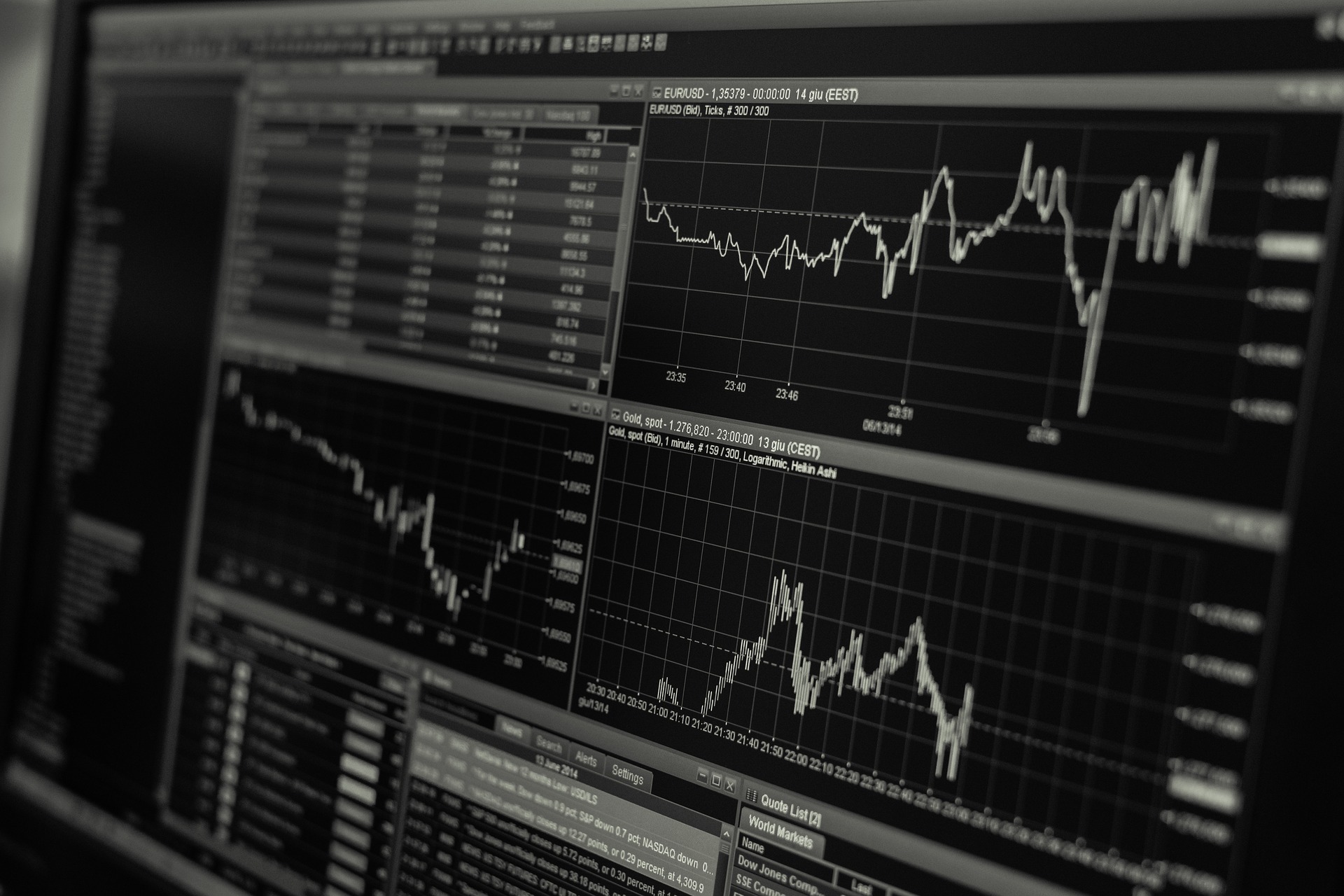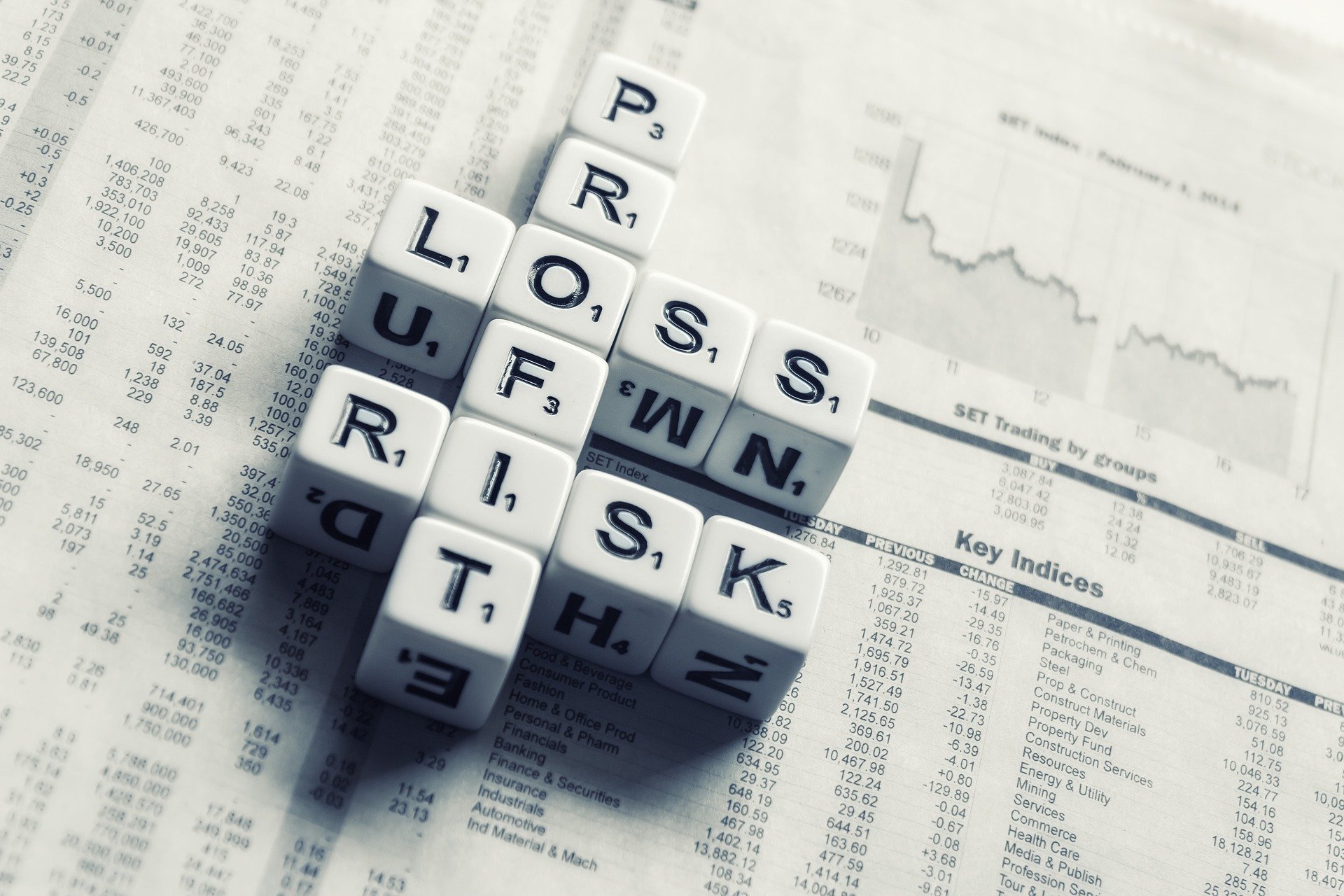Thirteen has always been an evocative number. To this day, an estimated 85% of tall buildings don’t label the 13th floor as such, to prevent problems with superstitions or luck. And now we find ourselves, thirteen years out from the last time the Treasury yield curve inverted, back in the same position.
Prior to the last recession, the yield curve inverted in December 2005. It also inverted in December 2018. Throughout 2006, the inversion worsened, as it is doing now in 2019. An inverted yield curve occurs when investors are willing to accept a lower return on long term debt than they are on short term debt. This inverted curve has preceded every recession in the past sixty years.

Many people are saying that this time is different, and perhaps a recession is not imminent. They are at least partially correct – this time is different. The Federal Reserve, which sets monetary policy and the short term Fed Funds rate, has signaled there will be no more rate hikes in 2019. Comparatively, in 2005 when the curve initially inverted, the Fed continued to raise its benchmark rate, eventually adding another 100 basis points to top out at 5.25%. The current Fed seems much more cautious about the potential for a coming recession.
On the other hand, today’s yield curve is hovering around 2.5%, whereas the 2005-2006 curve straddled the 5% mark. This leaves much less space for the Fed to cut rates if an economic slow down does occur. The hope, of course, would be that the more accommodative monetary policy we have been and, really, still are, in, would help to dampen the effect of a downturn, making the space the Fed does have enough to effectively manage monetary policy.
Markets are anticipating the next move the Fed makes will be a cut to interest rates, rather than a hike. Whether or not an actual recession is looming, an economic slowdown is expected. This would mean lower mortgage rates, which helps increase prepayment speeds, and a boost to inverse floating rate bond coupons. Because interest rates have remained relatively low, historically speaking, in this cycle, we have not seen the record-breaking deals on bonds we saw thirteen years ago. Still, the best way to position ourselves for gains in the coming downturn is to hunt out discounted bonds whose current coupon rates may be low, but that are well-leveraged for interest rate cuts. We continue to invest with a buy-and-hold strategy that mitigates price risk, and use monthly cash flows to reinvest.
This information is not intended to be used as the only basis for investment decisions, nor should it be construed as advice designed to meet your particular needs. You are advised to seek the advice of your financial adviser, legal or tax professional, prior to making any investment decision based on any specific information contained herein.





